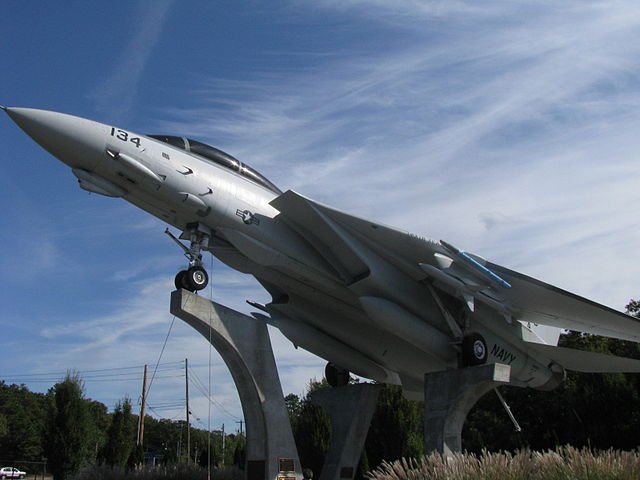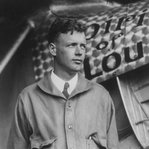It’s no coincidence that the aerospace museum on Long Island is called the Cradle of Aviation Museum. We have a long and storied history in aviation and space exploration.
In a history post, the Cradle of Aviation Museum said that Long Island’s geography was ideal for early aviation because of its location at the edge of the Atlantic Ocean and proximity to New York City.
“This made it the ideal focal point for most transatlantic and transcontinental flights,” the site says. In 1909 the first flight took off from a field in Nassau County, giving birth to the aerospace industry in the region.
The museum website goes on to tell how the group that made that first historic flight possible picked the Hempstead Plains because “the area was flat, open, with an absence of trees. There was plenty of room to maneuver.”
See below for five times aviation history was made on Long Island.
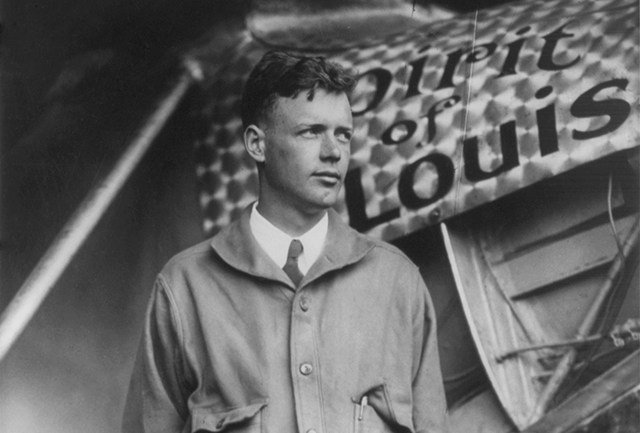
Public domain image.
Charles Lindbergh’s Nonstop Flight to Paris - In 1927 aviator Charles Lindberg took off from Roosevelt Field in Garden City in his plane the Spirit of St. Louis for the first solo transatlantic flight to Paris. It took Lindberg over 33 hours to complete the flight. He was 25-years-old at the time.
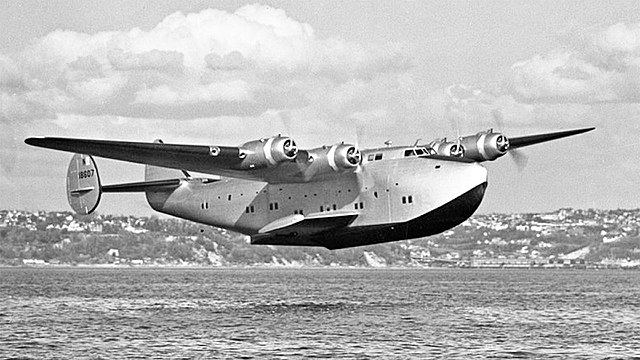
Public domain image.
First Commercial Passenger Flight Across the Atlantic - In 1939 Pan Am made history in aviation out of Port Washington. In June of that year, the company flew the first paying passengers from New York to Lisbon, Portugal. The Boeing 314 Dixie Clipper known as a flying boat because it took off and landed in water, took off from Long Island via what was called transatlantic “southern route” ferrying 22 paying passengers.
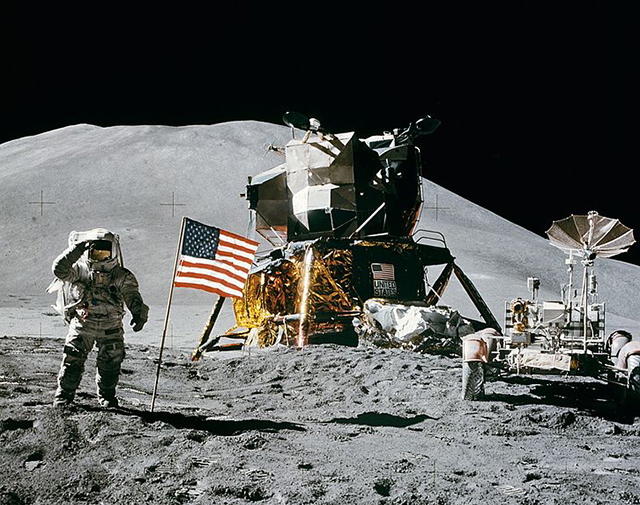
Public domain image.
Apollo Lunar Module developed by Grumman - In the early 1960s Grumman Aircraft won a bid to build the Lunar Excursion Module, or as it is affectionately known, the LEM and helped deliver the first man to walk on the moon. To date it is still the only crewed vehicle to land on another heavenly body. The LEM was built at the Grumman plant in Bethpage. Of the ten LEMs launched into space, six landed men on the Moon.
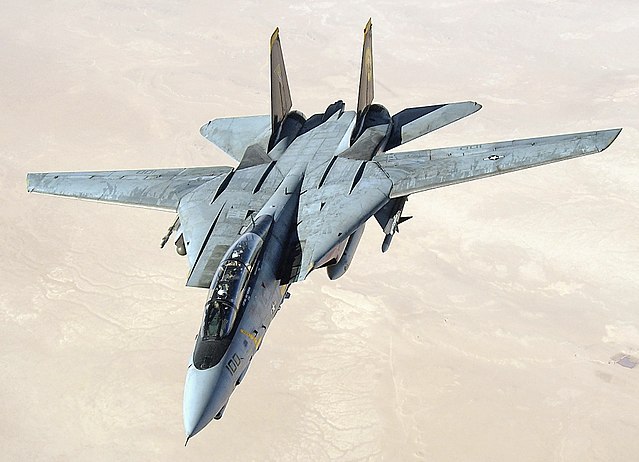
Public domain image.
F-14 Tomcat built by Grumman - The F-14 Tomcat is described at one of the finest fighter jets ever developed and probably one of the most famous due to its star turn in the 1980s classic Top Gun. Over 700 of the fighters were built in the Grumman plant in Calverton. A complex and effective fighter jet, the F-14 was in service for the U.S. Navy from the early 1970s until 2006 when it was retired. Before the F-14, Grumman’s superiority in U.S. military airpower had long been established with its Hellcat and Wildcat, both contributing to the Pacific theater during WWII.
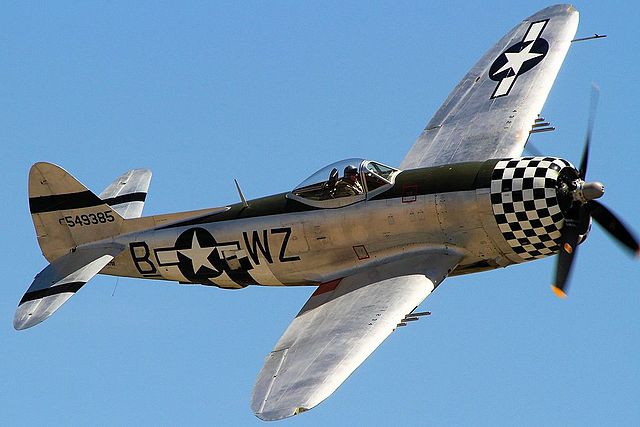
Public domain image.
P-47 Thunderbolt developed by Republic Aviation - Farmingdale-based Republic Aviation developed the single-seat P-47 for the U.S. Army Air Force and used by the Allied air forces during World War II. Also called the Thunderbolt, this fighter evolved from earlier designs and fiurst took flight in 1941. The aircraft played an integral role in the Allied victory, including a contribution to the success of the Normandy Invasion helping to destroy bridges and enemy airfields before the D-Day landings.










